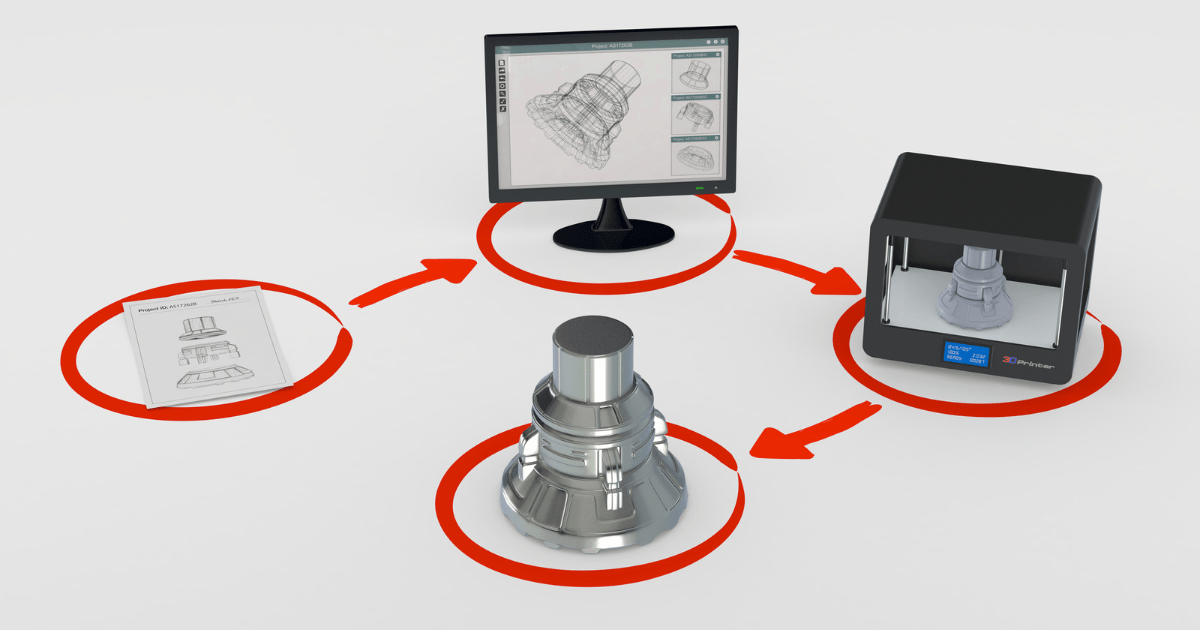Proliferation of iSIM Devices: Advancing IoT Connectivity

Integrated SIM (iSIM) technology is increasingly gaining traction, especially within low-power wide-area (LPWA) networks. This article delves into the benefits of iSIM technology, its implications for IoT deployments, and its broader impact on the telecom industry.
The iSIM technology embeds the SIM functionality directly into the device's main processor. This integration offers several advantages over traditional SIM cards and even embedded SIMs (eSIMs), which are soldered onto the device motherboard but remain separate from the main processor.
The benefits of iSIM Technology
Space and Cost Efficiency: By integrating the SIM function into the device's processor, manufacturers can reduce the physical space required for a separate SIM card slot. This integration also lowers manufacturing costs and enhances device miniaturization.
Enhanced Security: iSIM technology provides improved security features. Since the SIM is embedded within the processor, it is less susceptible to physical tampering. Additionally, advanced encryption methods can be utilized, offering robust protection for sensitive data.
Improved Reliability: The elimination of a separate SIM card reduces the number of physical components that can fail. This increased reliability is crucial for IoT devices that are often deployed in remote or hard-to-reach locations where maintenance is challenging.
Streamlined Device Management: iSIM technology simplifies the management of large fleets of IoT devices. Remote provisioning and updates can be executed more efficiently, reducing the need for physical interventions and enabling scalable deployments.
iSIM and Low-Power Wide-Area Networks (LPWA)
LPWA Networks: LPWA networks are designed to support IoT applications that require long-range communication, low power consumption, and low data rates. These networks, such as NB-IoT and LTE-M, are ideal for applications like smart metering, asset tracking, and environmental monitoring.
Synergy with iSIM: iSIM technology complements LPWA networks by providing a compact, energy-efficient solution that aligns with the low-power requirements of these networks. The integration of iSIM into LPWA-enabled devices ensures seamless connectivity and enhances the overall performance of IoT deployments.
Implications for the Telecom Industry
Network Efficiency: The adoption of iSIM technology can lead to more efficient network management. Telecom operators can streamline their operations by reducing the complexity associated with traditional SIM cards and improving the scalability of IoT solutions.
Market Growth: The proliferation of iSIM devices is expected to drive significant growth in the IoT market. As more industries adopt IoT solutions, the demand for efficient and reliable connectivity options will continue to rise, providing telecom companies with new revenue streams.
Innovation Opportunities: The integration of iSIM technology opens up opportunities for innovation in device design and functionality. Manufacturers can explore new form factors and applications, pushing the boundaries of what is possible with connected devices.
Future Prospects
Standardization Efforts: As iSIM technology gains traction, industry standards will likely evolve to support its widespread adoption. Standardization will ensure interoperability and foster a robust ecosystem for iSIM-enabled devices.
Advancements in Connectivity: Ongoing advancements in wireless communication technologies, such as 5G, will further enhance the capabilities of iSIM devices. Higher data rates, lower latency, and improved network reliability will unlock new possibilities for IoT applications.
Broader Adoption: The benefits of iSIM technology extend beyond LPWA networks. As the technology matures, it will likely be adopted in other sectors, including consumer electronics, automotive, and industrial IoT, driving broader market penetration.
The proliferation of iSIM devices represents a significant advancement in IoT connectivity. By offering enhanced security, improved reliability, and streamlined device management, iSIM technology is poised to revolutionize the way IoT solutions are deployed and managed. As the telecom industry embraces this innovation, we can expect to see continued growth and innovation in the IoT landscape.
For more insights into the latest trends in telecom and fiber optics, follow our LinkedIn page and stay updated with our newsletter.


